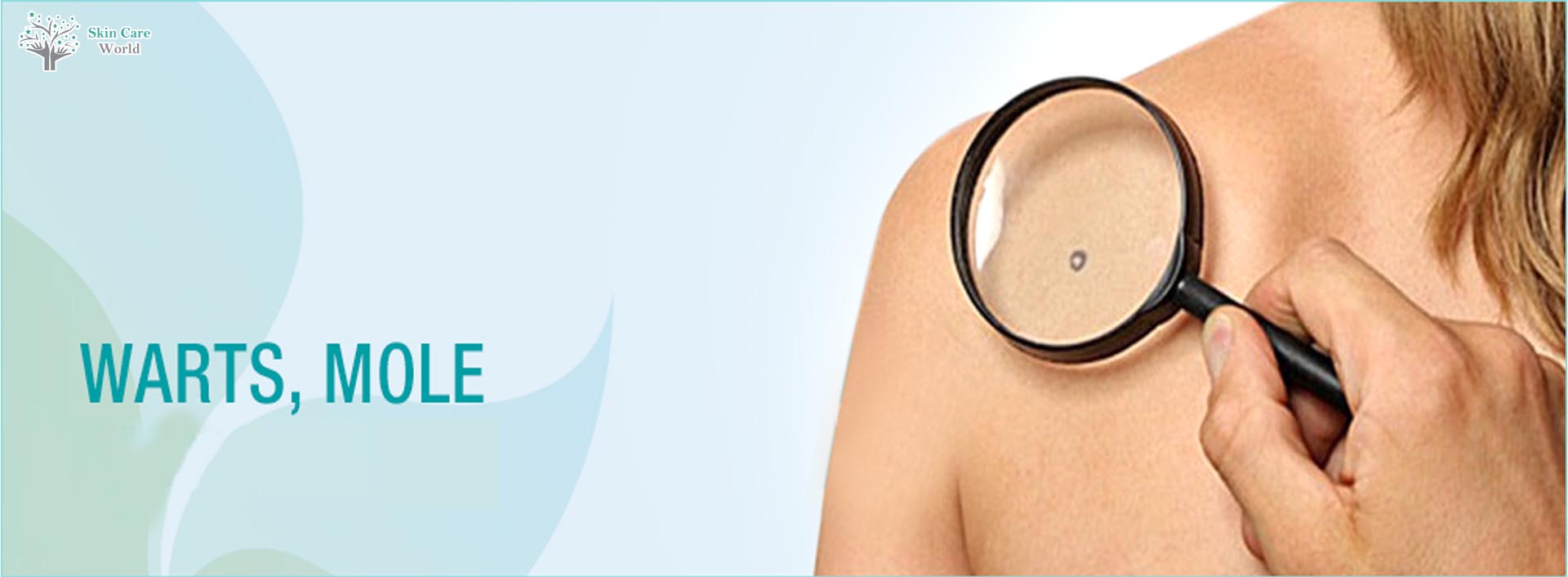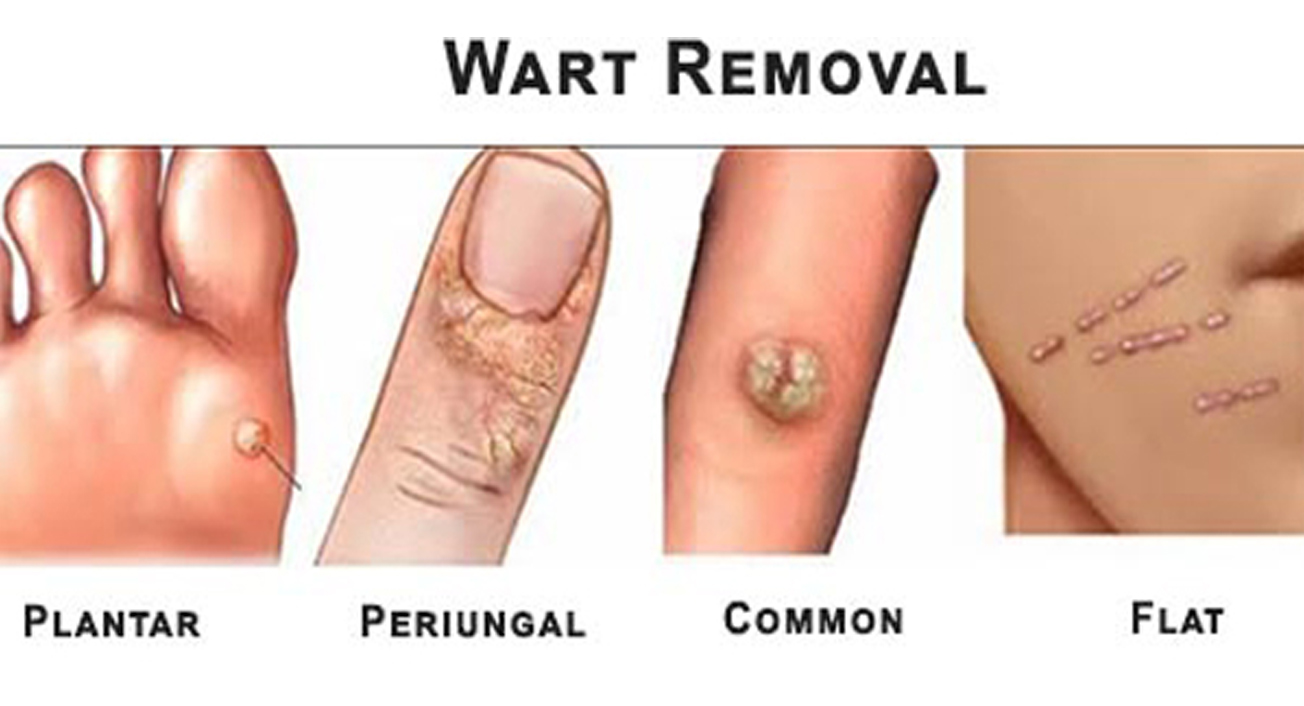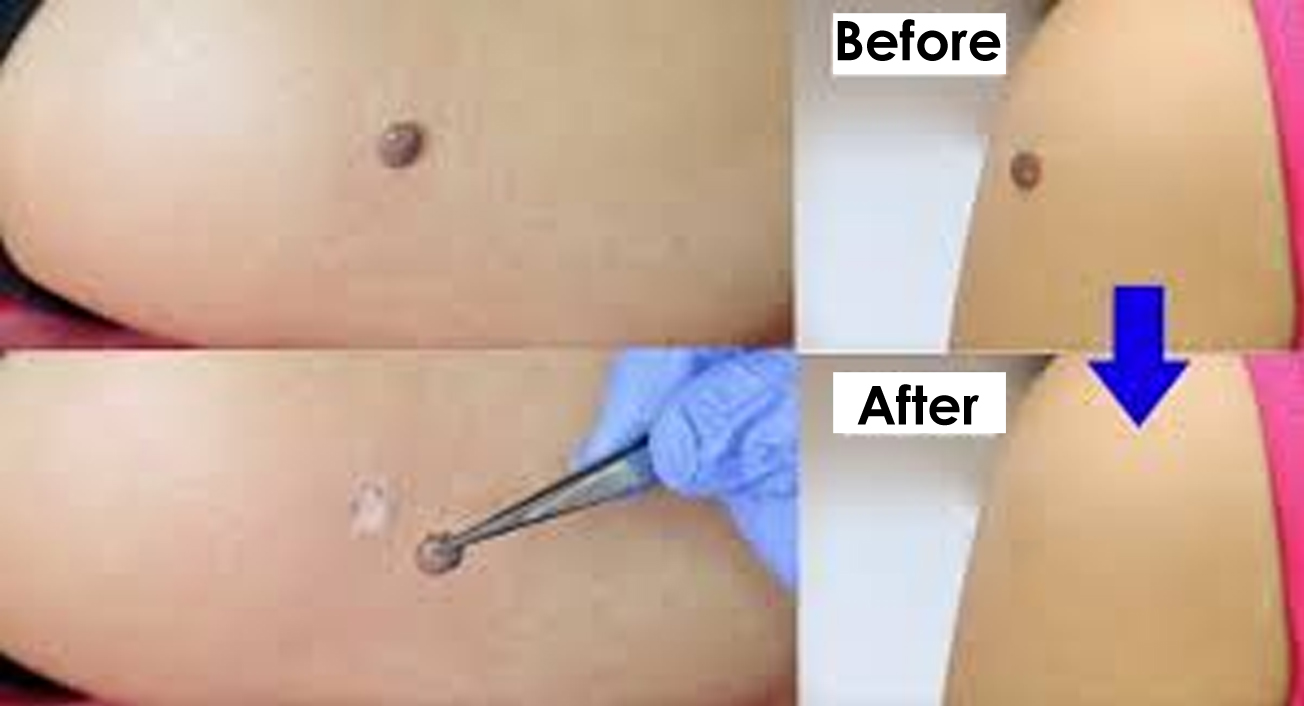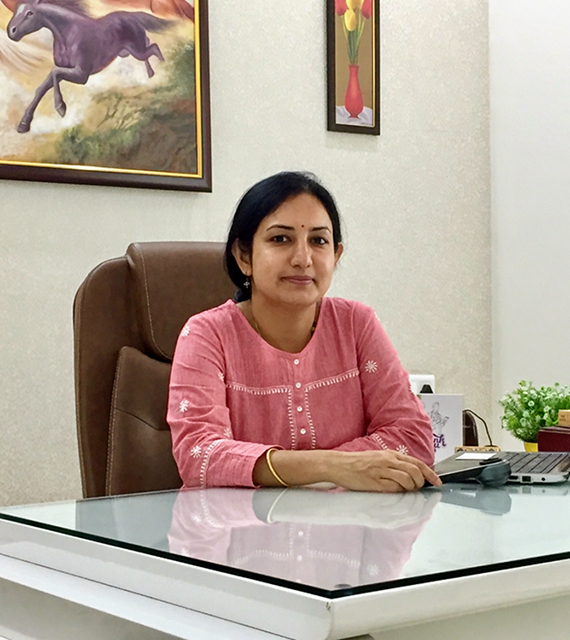
Warts is a viral infection caused by Human Papilloma Virus (HPV), also known as warts virus. It can affect any part of the body from head to toe, including the genital areas like near & inside the anus, vagina, or on the male private parts. It is brown to black in color. At times warts may also become a cause of social embarrassment for many.
Warts could be of different types, which decide its severity level. In some cases, warts tend to disappear as its own, however it might re-occur in few cases. The most advance wart removal treatment available today is the Laser treatment. It eliminates the blood supply to the wart and can easily remove warts from anywhere on the body without creating a wound leaving minimal scarring effects.
Warts are more likely to appear on face, scalp, palmer & plantar skin(Palm & soles), genital areas and under the nails. Based on the area affected, warts are classified into the following types:-
However, flat warts & genital warts are the most common. Flat warts generally affects teenagers and children. They are smooth in appearance and commonly appear on face. Genital warts are generally pink or red in color. They are common in genitals, near pubic area, in and around anus and in vagina.
Warts being a viral infection, it can get transmitted when a person gets into direct contact with another person having warts. People can catch this infection in salons very oftenly. So, it is advisable to use fresh products or sterilized instruments. Warts may also be acquired sexually, in and around the genital areas.

Warts can be treated in different ways depending on its severity.
Moles are growths on the skin that are usually brown or black in color. Moles can appear anywhere on the skin, either alone or in groups. It is genetically determined and more common on the sun exposed sides. It is normal to have a few moles on body, however, it may be embarrassing and putting down your confidence in some cases when they are over cosmetically significant sites like face and are more numerous, larger in size, irregular in shape and are present over nose and cheeks.

It is very important to differentiate your mole from skin tags, lentigines, freckles and age spots.
Moles are caused in the skin by the growth of cells in a cluster instead of being spread throughout the skin. These cells are termed as melanocytes, that produce melanin which is a natural pigment. Moles may get dark in color on exposure to the sun, during the teen years or during pregnancy.
Moles are not dangerous in most of the cases but any noticeable change in a mole's color, height, size, or shape, is a reason to consult a dermatologist. You should also have moles checked if they bleed, ooze, itch, or become tender or painful.
Moles can be removed by various methods. Choosing the right treatment will depend on the size, shape, anticipated depth and its location. Your dermatologist will first evaluate the mole and decide upon the best way to remove it without causing much scarring. A dermatologist will ensure that you achieve good cosmetic results post procedure.

